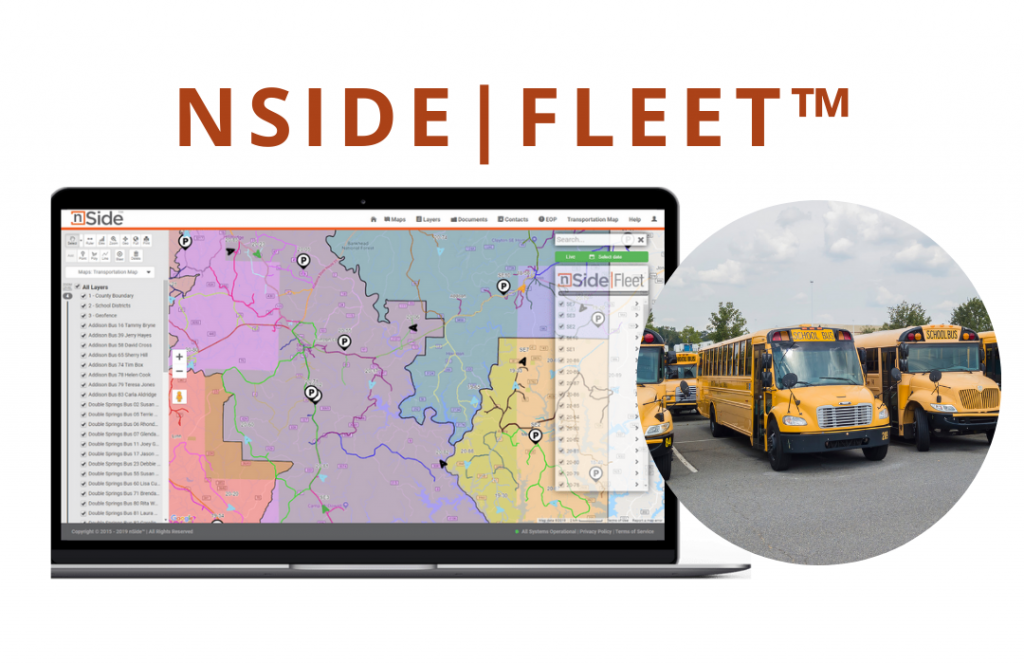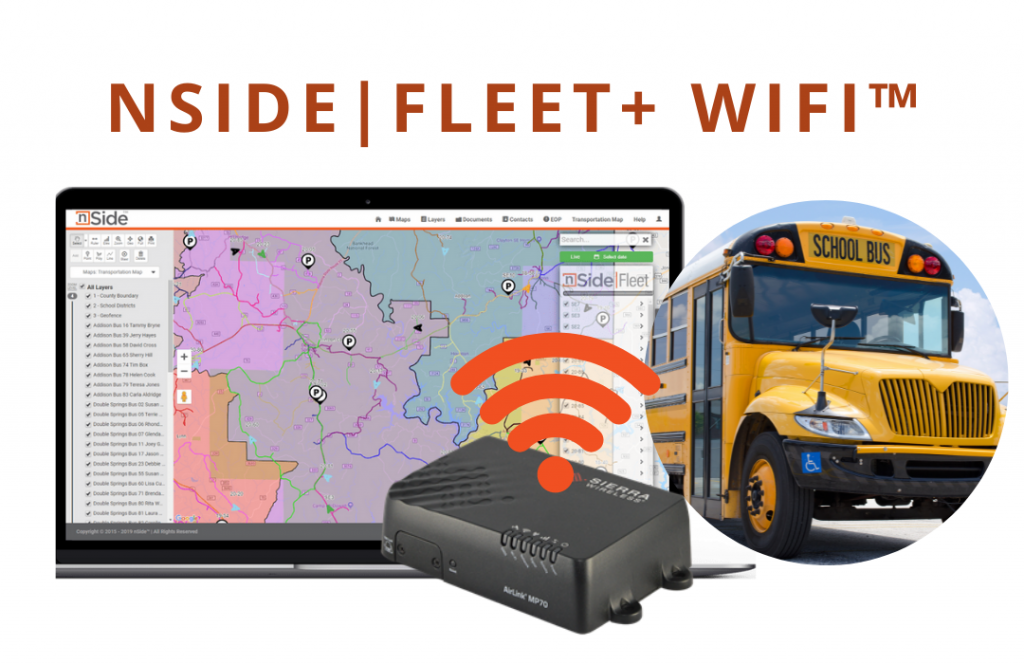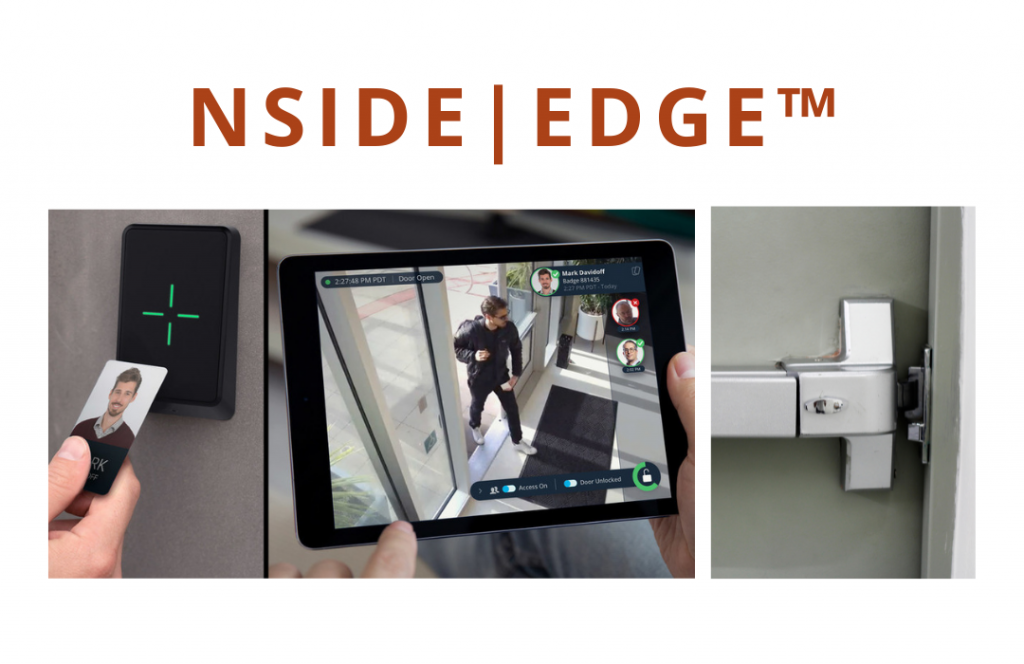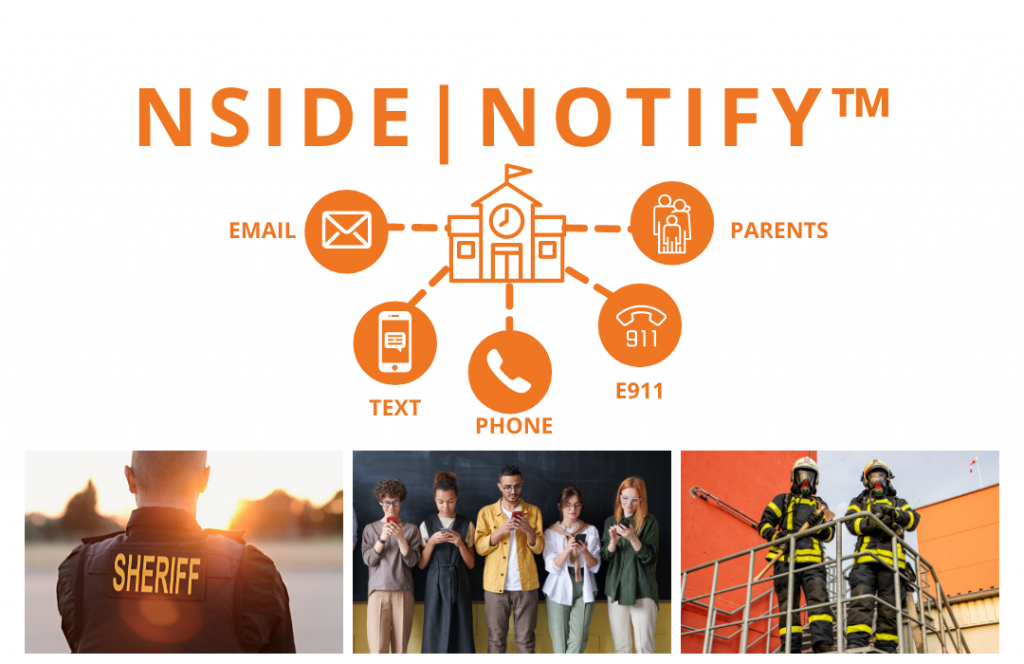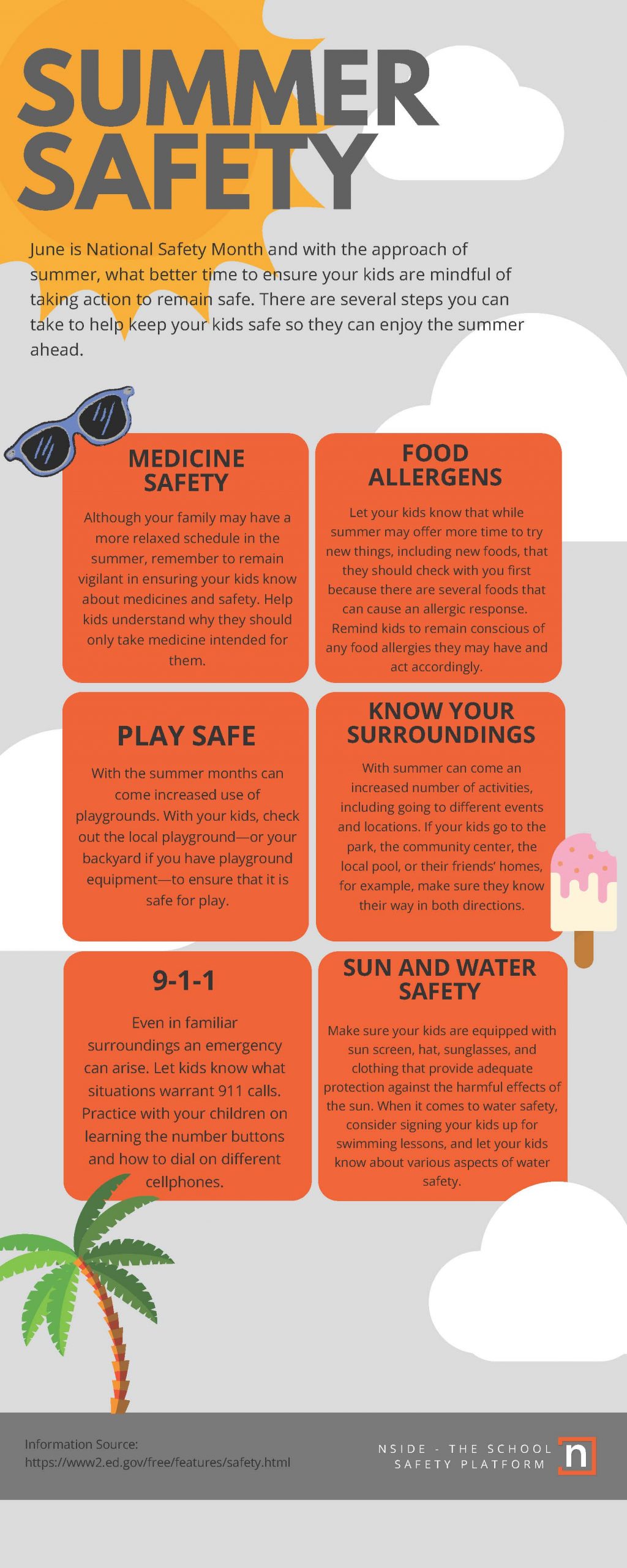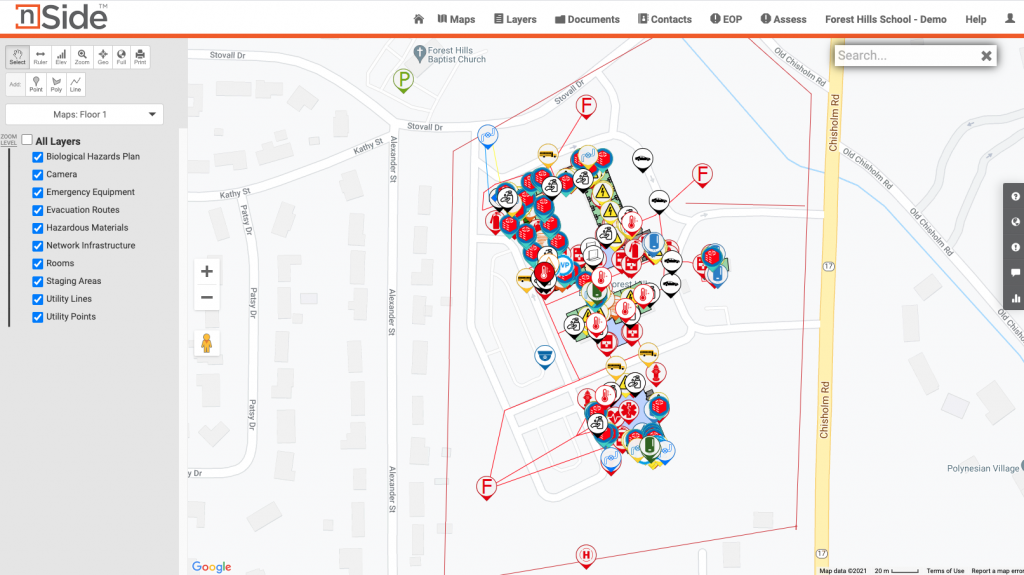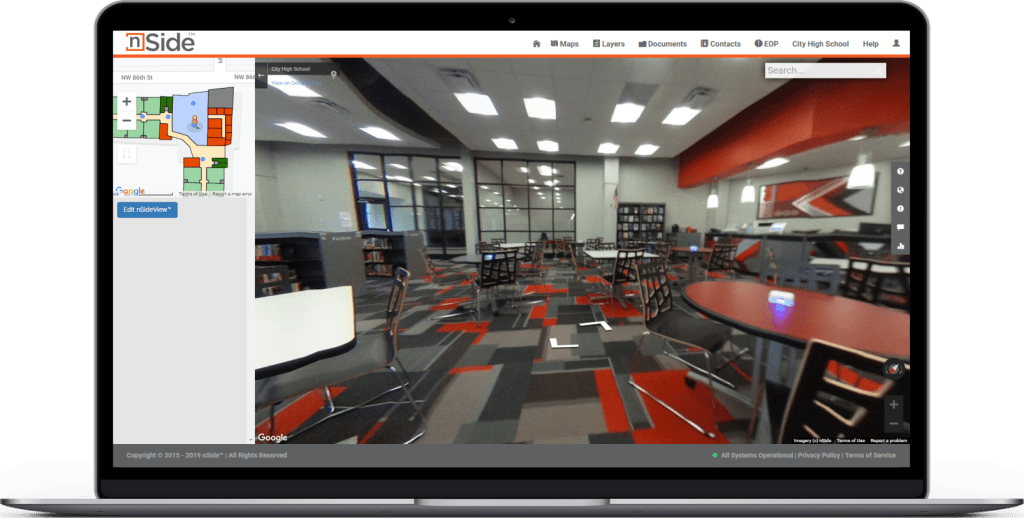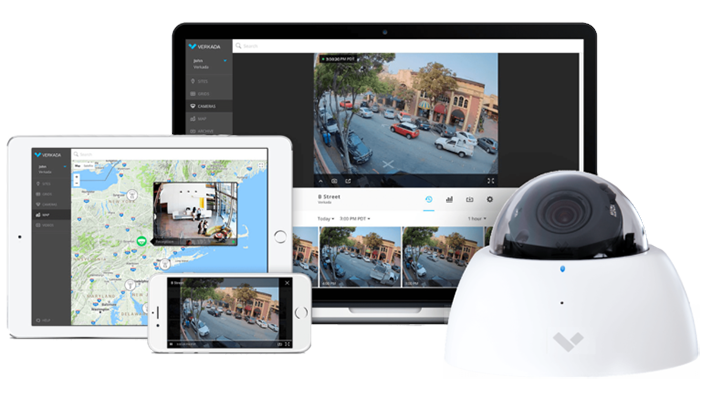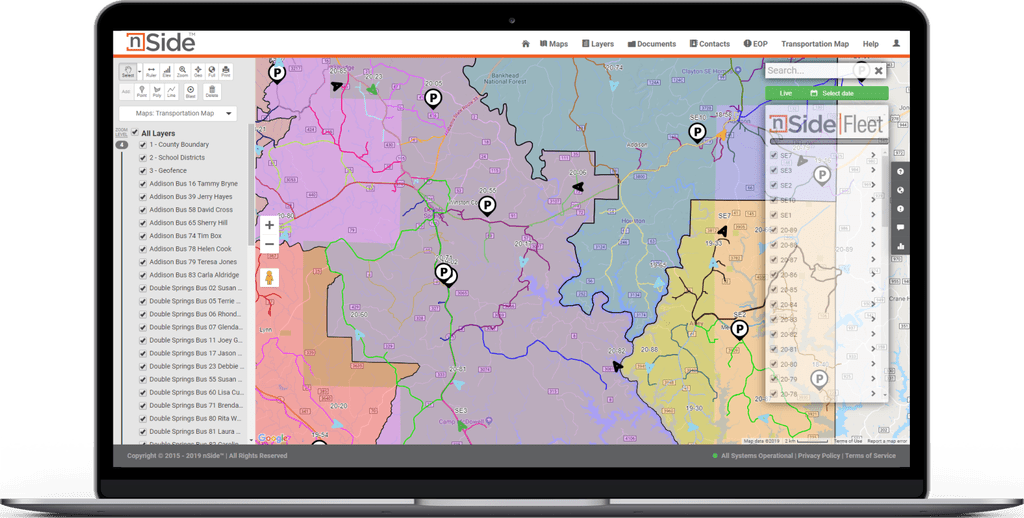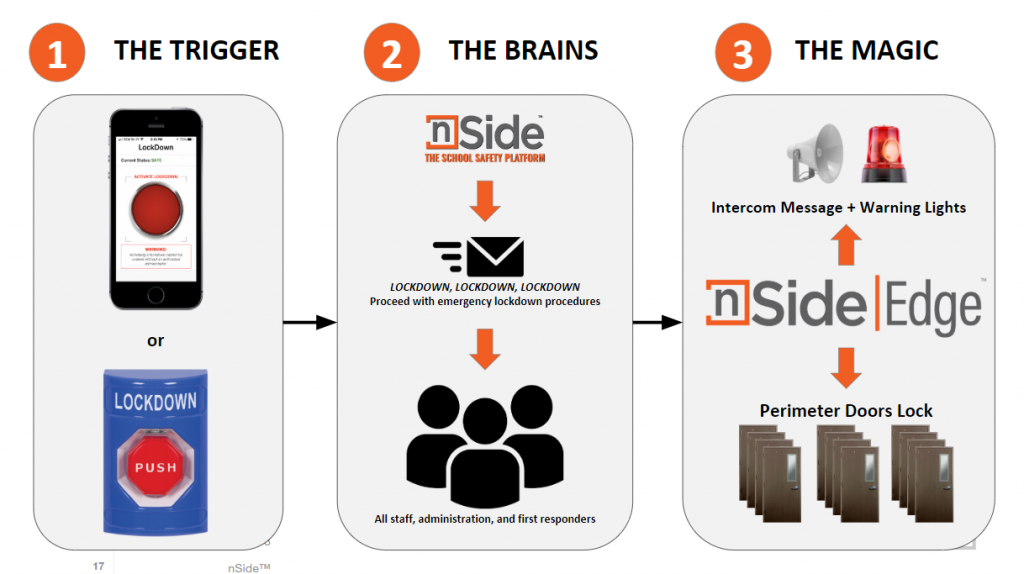We have been working hard to prepare for our 2021 Annual School Safety Summit in Alabama! Due to COVID-19, we were unable to host our this event in 2020, but we are thrilled to be back this year with a full schedule of learning opportunities, nSide updates, and fantastic speakers!
Today, we are sharing our full detailed agenda with everything we have in store. If you have not already registered, don’t wait too long! With this line up of content, spots are going to fill up quickly, so head over to the nSide website and get registered today!
Join us at The Lodge at Gulf State Park, December 6 & 7!
Make sure you are following us on social media! We are going to be announcing our line up of speakers and presenters in the coming weeks and by following, you will be the first to know. You can also find more information and register for the Safety Summit at our website conferences.nside.io!
Also, don’t forget to book your stay at the Lodge or one of the other partner hotels! We’ve got great rates for you to have a relaxing stay during our conference.





